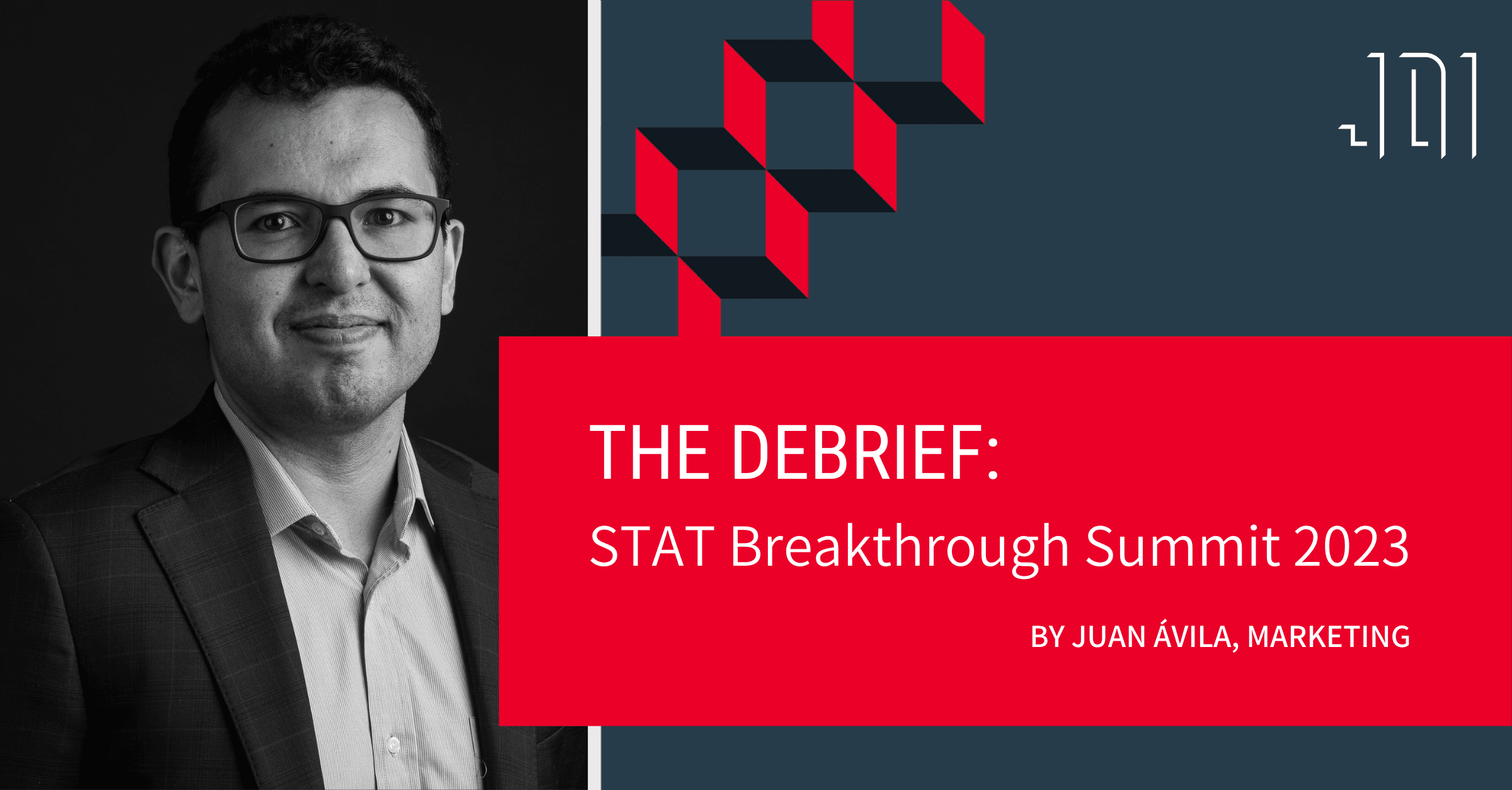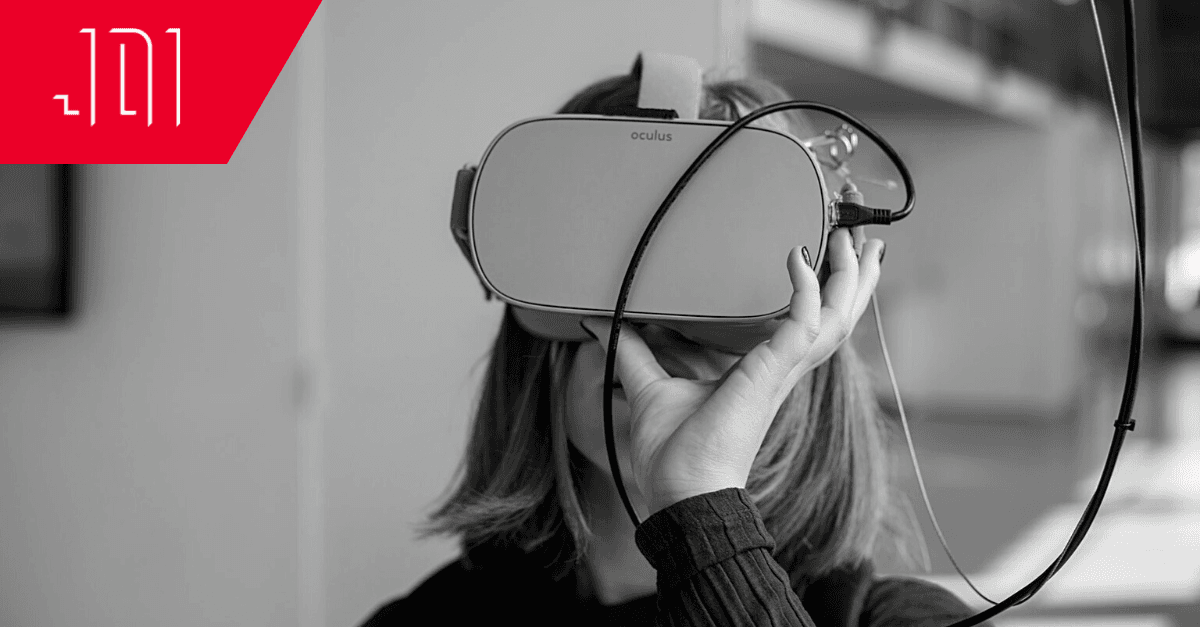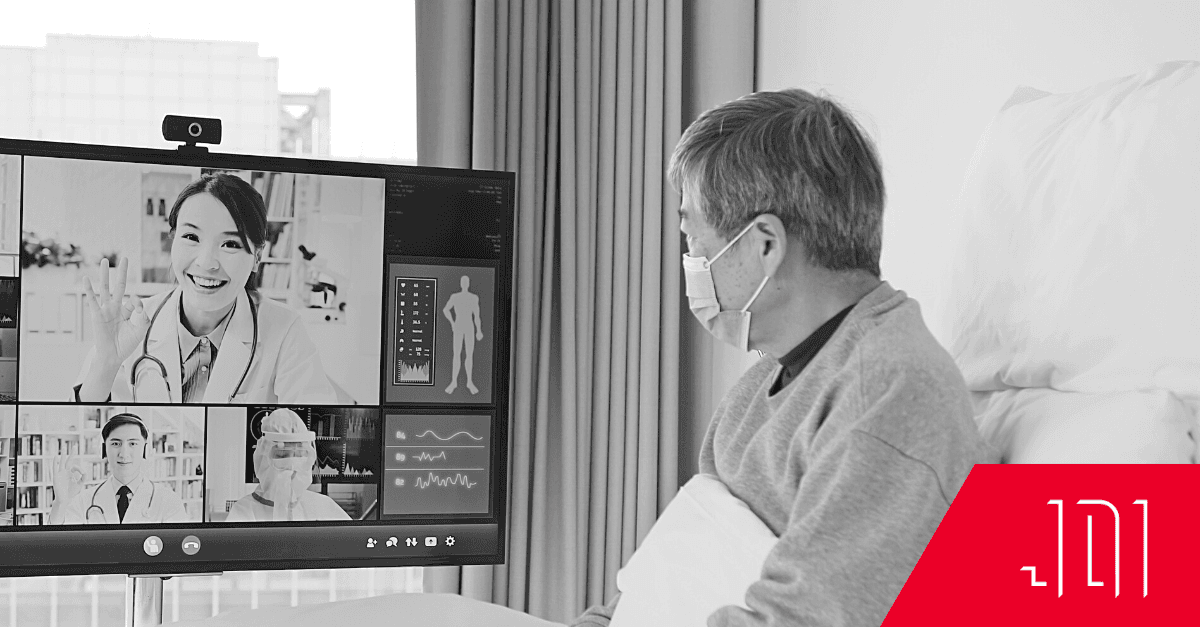The Debrief: STAT Breakthrough 2023
This year's STAT Breakthrough Summit was an event that brought together voices from all parts of the healthcare chain: from pharma leaders, to academic researchers and venture capitalists, to the real faces behind the drug trials – the patients themselves. I was struck by the expanse of the topics covered in only two days. The conference was as much about where the healthcare industry is going as it was a reflection on the past year. Of course, there too was a discussion on the role of Artificial Intelligence and Machine Learning in discovery and patient care.
When assessing the past 12 to 18 months, the honesty on the part of the healthcare practitioners was refreshing. What we have accomplished in terms of affordability, accessibility, and equal care has not been enough to make a significant impact. We all knew that the healthcare industry had a long road ahead, but seeing representatives from every part of the healthcare chain taking the challenge to heart helps to remember that we’re all in it together.
Despite the high cost and technical challenges, the potential of gene therapies to revolutionize healthcare was a recurrent theme. The transformative power of gene editing techniques like CRISPR was hailed, with Nobel laureate Jennifer Doudna, Ph.D., reflecting on the rapid transition from scientific discovery to genome editing. The conversations at the summit highlighted the urgent need to make these therapies more accessible and affordable, underscoring the importance of early and thoughtful consideration of patient access.
Similarly, AI and Machine Learning (ML) technologies emerged as game-changers in healthcare. The potential of these technologies to democratize healthcare, improve affordability and access, and ultimately contribute to better patient outcomes was a significant talking point. The dialogue centered on the balance between harnessing this potential and ensuring AI and ML applications' reliability, consistency, and accuracy. The industry's excitement about the transformative potential of AI and ML was in the air, tempered by a clear understanding of the complexities and potential pitfalls involved.
Here are the highlights:
CAR-T and CRISPR: A New Era of Tailored Therapies
Chimeric Antigen Receptor T-cell (CAR-T) therapy stands at the forefront of immunotherapy, showing immense promise in the treatment of cancer. This innovative treatment involves genetically modifying a patient's T-cells – a part of their immune system – to recognize and attack cancer cells, leveraging the body's immune system in the fight against the disease. Despite its potential, there are concerns about the cost, waiting times, and technical challenges of genetically modifying a patient's cells. That's why Emily Whitehead's testimony on the stage at STAT was important. It gave the patient's perspective of what CAR-T therapy means: a life without cancer.
A decade after its discovery, CRISPR (Clustered Regularly Interspaced Short Palindromic Repeats) technology has drastically transformed the landscape of genetic research. Multiple contributors emphasized the rapid transition from scientific discovery to clinical application. CRISPR's strength lies in its ability to edit genes with high precision, opening up possibilities of it being used as a therapeutic tool. However, the high cost of CRISPR therapies necessitates quicker development in academic settings and due consideration of patient accessibility.
As we navigate the transformative terrain of bioengineering, it's evident that the potential of CAR-T therapy and CRISPR technology to tackle previously incurable diseases is not only groundbreaking but also deeply personal. These scientific innovations, though still in their nascent stages, are poised to write a new narrative in healthcare by making personalized treatments a reality for millions of patients across the globe. At the forefront of these innovations, we can find companies like CoImmune, working diligently to develop new CAR-T cell therapies, Orgenesis, striving to bring to fruition personalized gene and cell therapies, and Ori Biotech, focusing their efforts on advancing cell and gene therapy manufacturing.
While CAR-T has shown effectiveness in treating blood cancers, its application for solid tumors is under investigation. Off-the-shelf solutions using cells from donors or bioreactors present an exciting avenue, and the idea of engineering cells in the patient's body is still in the early stages. On the other hand, CRISPR-based therapies are emerging, with the successful treatment of the first US patient for Sickle Cell Disease marking a significant milestone. This breakthrough suggests the potential of these technologies to be tailored to less common diseases. Despite the hurdles, the advancement of CAR-T and CRISPR technologies sets the stage for a new era of personalized medicine, bringing hope to patients worldwide.
Navigating the highs and lows of AI/ML in Healthcare
The old Silicon Valley adage of, “move fast and break things” isn’t what you want to hear in a hospital or doctor’s office, but the wave of AI integration still keeps this as a mantra. Can AI work through vast amounts of data with remarkable speed? You bet. But the failure rate of applications and platforms still gives administrators and care providers pause. I heard a lot of apprehension from the audience on AI, but there was also a whole lot of curiosity for the future.
There was an approach to AI that I was particularly interested in, which was the idea of a “second opinion” first: that doctors could use the software as a partner in diagnostic processes. The AI and doctor reach their own conclusions independently on the information a patient provides, and compare notes after. This approach would also (hopefully) help prevent self-diagnosis biases from patients.
Most other concerns for AI draw from the data and privacy surrounding it: how has the data been collected, does it protect the privacy of a patient, and does it break or reinforce biases? The challenge is that they need to get buy-in from both the people using the service on top of those who are the participants in the dataset. If people are upset about their search data being used, they have some even stronger opinions surrounding their medical data.
The other side, of course, is machine learning: in diagnostics, research, and testing, there is nothing but positivity. What would take humans years to comb through different interactions and combinations ML platforms can do in an afternoon. Machine learning is an integral part of future CRISPR and CAR-T applications in both the research and deployment phases. Many experts believe that by addressing these challenges head-on, we can harness the transformative potential of AI and ML, revolutionizing healthcare as we know it.
Reflecting on the Future: Conclusions from the STAT Breakthrough Summit 2023
The STAT Breakthrough Summit 2023 revealed a tantalizing future for healthcare, with patients at the forefront of the benefits of the future of medicine. These pioneering developments promise a shift towards personalized medicine and predictive healthcare, yet come with challenges requiring a delicate balance between innovation and maintaining privacy, accessibility, and affordability. The road ahead is not without obstacles – technical, logistical, and ethical. However, these challenges also present opportunities for learning, adaptation, and innovation, bringing us closer to our shared vision of scientific advancement benefiting all segments of society.
Embracing these novel technologies necessitates a patient-centric approach, emphasizing trust and transparency. As underscored at the summit, the task at hand is not only to harness scientific innovation but also to ensure widespread accessibility of its benefits. As we journey towards this promising future, we are committed to engaging in critical dialogues and collaborations, with a steadfast focus on improving health outcomes for all. The potential of gene therapies and AI/ML is profound, and realizing this future will require continuous learning, underscoring the lessons gleaned from the STAT Breakthrough Summit 2023.




